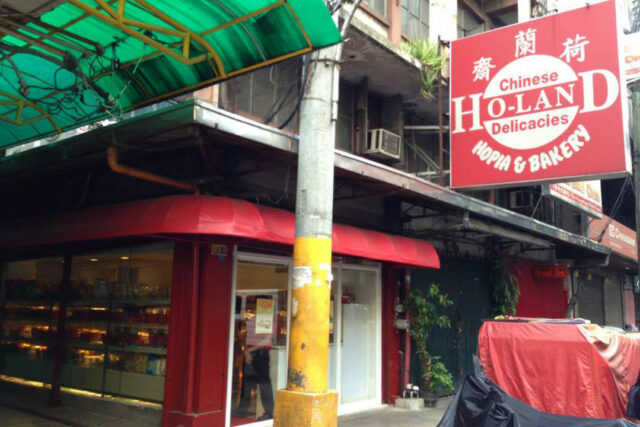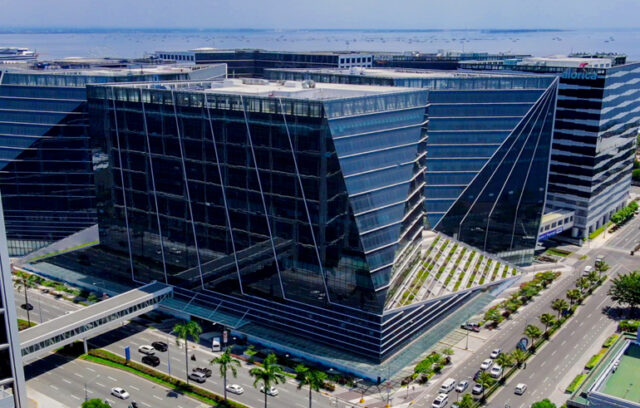Every time I visit Mum to check on her, I find her seated in front of a television set or her laptop, her eyes glued to some historical drama series on NHK.
One flick which I watched with her was about one of the Meiji Restoration’s top reformers. It has never ceased to amaze me that an ordinary Japanese like her could rattle off milestones and key dates in the lives of that country’s heroes or historical organizations, and explain their significance to life in her homeland today.
Chances are that many of us Pinoys have perceived a general lack of interest among our countrymen in our origins as a nation. This was so long before kids asked actor Jeffrey “Epy” S. Quizon why Apolinario Mabini — the hero he played in the 2015 historical flick Heneral Luna — was portrayed seated throughout the film. True, Mabini was not an invalid since birth, losing use of both legs only in his early 30s after contracting polio in 1895, but the disease had incapacitated him by the time the Philippine Revolution ignited the following year.
It is a flaw that some foreigners have noticed. One visiting Brit who joined me on a historical tour in Quezon province in the early 2000s said that he would never fail to take his two half-Filipino daughters on similar excursions whenever his family visited this country, as he lamented a general lack of familiarity among many Pinoys with their own history.
I have yet to come across research explaining the link between historical consciousness, patriotism, and socioeconomic development (there must be one, of course), but there seems to be enough of a casual correlation for governments to appeal to patriotism as they remind their constituents to fulfill their civic duties like paying the right amount of taxes.
AWARENESS ERODED
Ricardo T. Jose — a graduate of Tokyo University who has been teaching history for decades at the University of the Philippines in Diliman, Quezon City and specializes in the Philippine Commonwealth period, the Japanese occupation of the Philippines, Japan-Philippine relations, and Philippine diplomatic history — said in a recent chat that a sense of history “gives you perspective” in dealing with current socioeconomic and political issues.
“History… enables you to better appreciate where you stand today, whether you are better or worse off. How can you prepare for the future if you have no basis to appreciate what the present is all about?” he said.
“Aside from giving you a sense of perspective, it also gives you a sense of pride, a sense of belonging. You are part of a bigger picture and a continuing evolutionary trend.”
He noted, however, that “the level of [historical] awareness of our people has gone down” over the years.
The problem lies, perhaps, in the way History is taught, especially amid the confluence of factors like the proliferation of misleading information on the internet, and the fact that younger generations no longer read and have generally poor comprehension.
“People just no longer read, and without reading, you do not get to appreciate what we have,” Mr. Jose said, adding that “students are just not interested” in history.
And this comes at a time of disinformation, historical revisionism, as well as information on the internet that is generally “biased” for the developed world’s perception of history.
Since he began teaching in 1979, he said that he has had to supplement lectures with “articles students could see and touch,” to the point that he would occasionally bring artifacts or even occasionally don period costumes for his lectures. The need for more visual modes of instruction has just grown over the years.
“Today’s generation is visually oriented, but how do one visualize ideas like the philosophy of History?”
ENTER HISTORICAL REENACTMENT
One phenomenon that could prove useful in addressing this situation is the proliferation of historical reenactors.
Beginning with a group of professionals — none of them career historians — who formed the group Buhay na Kasaysayan (Living History) in the early 2000s that would reenact events in the Philippine Revolution and Philippine-American War, there are now similar groups scattered across Metro Manila and the Visayas (check out the likes of the Renacimento Manila cultural group, as well as the Republica Filipina Reenactment Group and Historia Viviente Manila on Facebook).
Composed of professionals and students who share a zest for Philippine history — especially the Philippine Revolution, the First Philippine Republic, the Commonwealth period, and the Second World War — a few of these volunteer groups have been recognized by some local governments and offices like the Intramuros Administration and the Armed Forces of the Philippines which have tapped them to add color to ribbon cuttings, conferences, and other events.
Even as Mr. Jose said some reenactments seem to be little more than cosplay for some participants, others “can be very concerned about accuracy.” The reenactors can be very knowledgeable about particular details of Philippine history, and use the reenactments as a platform to show the results of their personal research.
Mr. Jose said he himself has invited some reenactors to basic History classes, describing this as “a learning tool” that has captivated students. “It is a limited way of showing history, but it inspires people to read more,” he said, recalling that one spectator had told him once that “if you teach history that way, then more people would be interested.”
STARTING POINT
So it is a starting point for becoming more aware of Philippine history and its contemporary significance. Hopefully, it goads spectators to read more or even do their own research. That way, they learn to be more discriminating and deal better with the flood of information — both truth and errors — on the internet.
One of the original reenactors, Pedro Antonio V. Javier — a practicing electronics and communication engineer with an MBA — would attend Dec. 30 ceremonies in the City of Manila dressed as Jose Rizal, or as Mabini on some other occasions. He even appeared as the First Philippine Republic officer who barked a command at the funeral procession near the closing scenes of Heneral Luna. Reenactment is a family affair for him, with his wife and son joining him occasionally in 19th Century costumes.
He is one of the better-informed reenactors and can field questions from bystanders at such events. His research has been cited by some foreign collectors of Spanish-American War artifacts.
For him, reenactment can help instill idealism, heroism, and other values even in the private sector. His electronics company employed this theme in its audiovisual presentation for employee service awards. “It’s a kind of edutainment through historical reenactment” that will “influence Filipinos to be heroes in their own special way, whatever career they choose in life,” Mr. Javier said.
Local reenactors have even linked up with their foreign counterparts here in Asia, as well as in the United States and Europe, some of whom can be very comprehensive in and known for their research.
Professor Jose noted that Philippine history is enriched by the unique stories of the country’s provinces. Provinces, cities, and municipalities looking to cash in on the potentials of tourism — long touted as a compelling growth sector for the country — may consider tapping reenactors to lend flavor to local tourism events, as is done in some historical centers of Japan. That, in turn, should help reenactors themselves hone their knowledge.
Hopefully, taking reenactment to the next level will add to quality historical TV series and indie films as effective tools for keeping our identity as a people intact and alive in an increasingly globalized environment.
Wilfredo G. Reyes was editor-in-chief of BusinessWorld from 2020 through 2023.























